Making every offer count
Turning users into subscribers in a modern media landscape
Introduction
In today’s competitive media environment, content providers and publishers need to use all of the tools in their toolbox to meet their audience and revenue goals. But many are still not sure how to get it right.
Realizing that digital advertising is no longer enough to fuel business growth, and accumulating clicks isn’t going to increase future chances of success, some choose to panic. Others try to ignore their decreasing revenue numbers and double down on an outdated model instead. But a growing number of media companies recognize an opportunity to accomplish something else — building their business through direct relationships with their users.
Subscribers can play a critical role in accomplishing that. Demonstrably connected to the brand, they help media companies achieve their business goals. And content providers are shifting their priorities in accordance. After surveying 200 media executives, senior editors and digital leaders, the Reuters Institute’s 2019 Journalism, Media and Technology Trends and Predictions report found that 52 percent saw subscription and membership as their main revenue focus for 2019, compared to only 27 percent concentrating on display advertising.
But converting users into subscribers isn’t always easy. It means fostering engagement and building a user experience that connects. It also requires the right offer to inspire conversion. All of which are tasks many media providers struggle with.
To help navigate those changes and find answers that work, Piano has analyzed user habits and business tactics across our network of over 1,000 media brands. Companies large and small, they range from traditional publications putting online first, to digital startups searching out the best solutions to foster growth. As they strive to gain loyalty and encourage engagement, in order to carve out a subscription base, they have one thing in common: an interest in learning the new strategies and insights that guide the media world today.
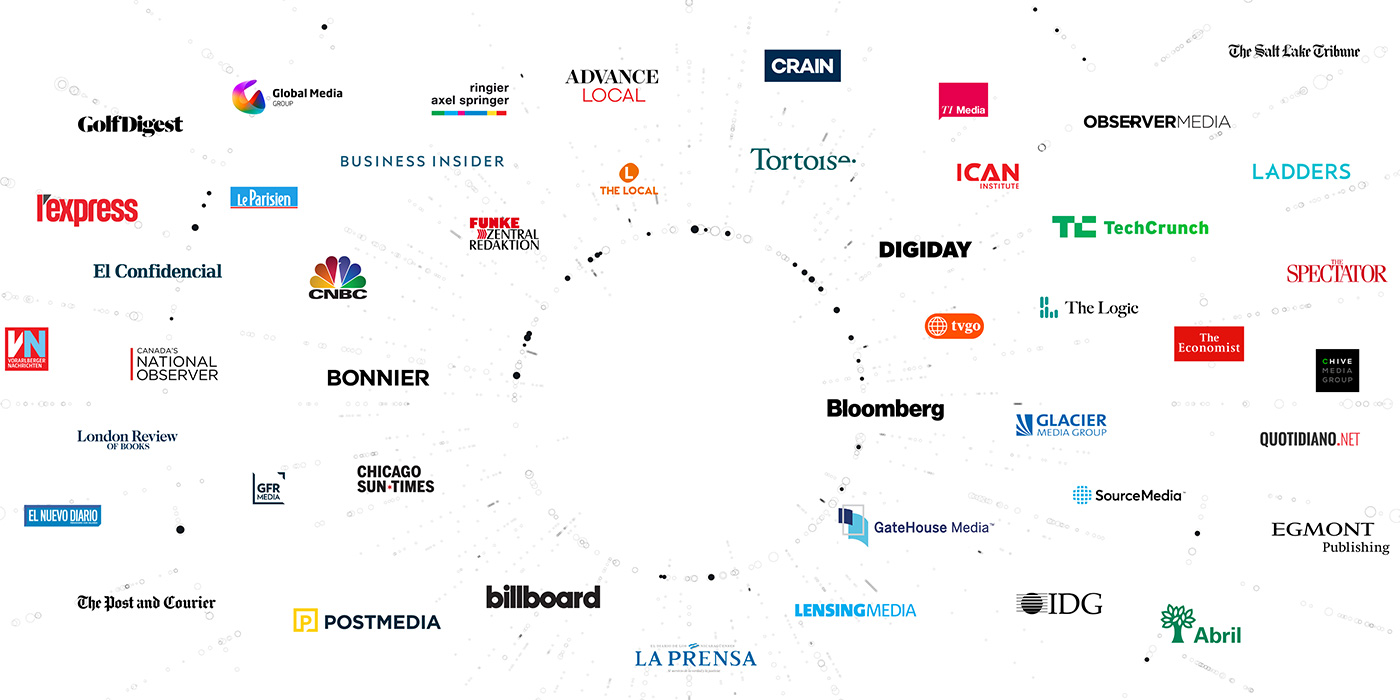
I. The Making of an Engaged User
The path to subscription begins with engagement.
Long before they’ve seen an offer to convert, most subscribers start as engaged users. Piano data overwhelmingly supports this — for example, in the 60 days prior to subscribing, 55 percent of converters log a minimum of one direct visit, and 57 percent visit the homepage at least once. What’s more, the more engaged a user is at the time that they subscribe, the more likely they are to stay engaged after — and the higher the chance they’ll remain subscribed.
But engagement takes forms beyond views, and even the simplest of user interactions — navigating through a site to read a second page, for instance, or turning off an ad blocker — can also be a sign of burgeoning loyalty.
That loyalty shouldn’t be taken for granted, though. Engagement takes nurturing, and conversion the right incentives to succeed.
The Value of Recirculation
Just as every journey begins with a first step, every engaged user starts with a second view. About 60 to 80 percent of visitors are likely to bounce on their first visit, making those who stick around of critical importance. Those are the visitors who recirculate, navigating through to find something else to read — and by engaging with another article, video or audio clip, they bond deeper with the brand. In that critical 60 days prior to subscription, 78 percent of visitors will recirculate. For those who generate at least five pageviews within a month, over 40 percent come from recirculation on average — more than four times higher than the median visitor. These high-frequency visitors explore the website the way it was designed to be used, with visits to the homepage and content throughout.
A user experience that fosters return visits, then, is the first step to conversion. By feeding recirculation through the use of content recommendations, welcome messages for first-time visitors, or special offers based on content viewed, media providers can encourage users to continue to explore. A free e-book or benefit presented on exit can do the same, while providing visitors with an incentive to leave their email address behind — an action that will assist media providers as they build their engagement efforts, and make users more likely to come again.
Building Advertising Engagement
Recirculation may be the first sign of future conversion, but even the smallest actions after can help lead users there as well — and perhaps counter-intuitively to some, asking visitors to turn off ad blockers can be one of them. Piano customers report an average 89 percent increase in desktop pageviews from ad blocking visitors in the 30 days following ad blocker disablement.
Those users who comply, and continue to visit anyway, are taking another step toward brand loyalty. And since ad blocker customers tend to be heavier internet users overall, this simple move will often reclaim outsized ad impressions and increase revenue too.
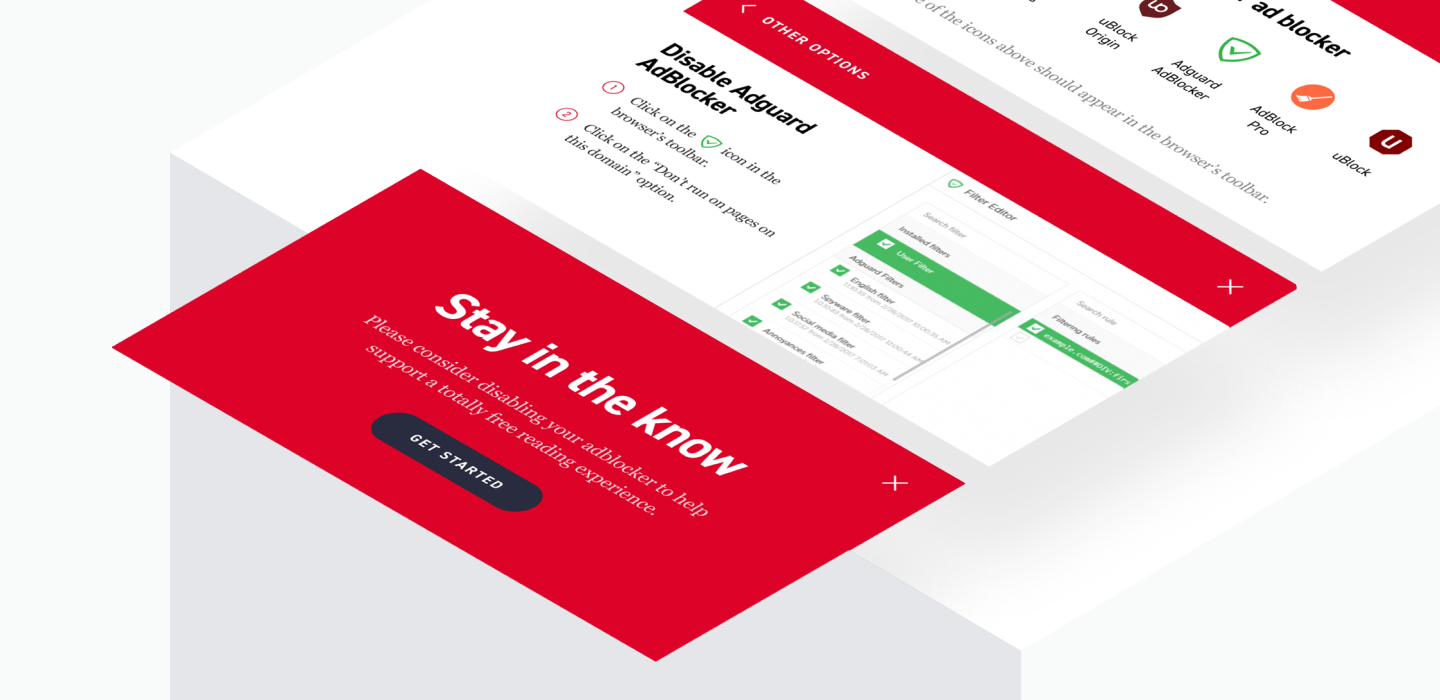
Making Registration Matter
Registration is a significant stop on the way to conversion and represents a strong signal for media providers that a user is engaged. Since registered users convert at 10 times the rate as anonymous visitors, it may also be a predictor of who will one day subscribe. But conversion, even for registered users, isn’t guaranteed. In fact, Piano data demonstrates that the value of a registered user depends on how effectively media providers can nurture that engagement. Through targeted email campaigns and newsletters, registration allows media providers the chance to put premium content in front of users before asking them to pay — demonstrating increased value and making them more likely to convert on higher-priced offers.
Of course, since the lifetime value of a subscription is so much higher than that of other possible consumer actions, it’s important to understand user behavior well enough to know when to present a subscription offer over a registration prompt. The right data helps determine that.
How Piano Can Help
- Provide content recommendations and send focused messaging based on the type of content a user is already engaging with.
- Detect ad blocking technology and start a conversation with the visitors who use it.
- Access the data necessary to target registration and subscription offers effectively, and retarget registered users with a paid offer at the right time.
II. The Path to Subscription
From engagement comes conversion — or at least that’s the goal. But the rate at which that happens varies, and the best and worst performing sites demonstrate vastly different conversion rates. What’s more, conversion is a product of how users engage as much as what they’re engaging with — median conversion rates for mobile are less than a third of those for desktop, for instance.
Just as users convert for many reasons, there are also numerous reasons why they choose not to: an unappealing offer, copy or creative that’s ineffective in communicating subscription value, or a high price, for example. An ineffective user experience or friction on the way to checkout may also contribute, as can the simple reason that they don’t have to subscribe — if a meter’s too high or users are able to continue reading without making the commitment to subscribe, it could be there isn’t enough incentive to pay.
To take users from engagement to conversion, then, media providers should consider the following.
The Truth About Conversion Rates
The process of understanding why users do or don’t convert never ends, and the best media providers will continue to tweak their content and user experience in accordance. But to convert more subscribers, they must also take the time to fully understand their conversion rates — and then begin to look beyond them. That’s because conversion rates in isolation can fail to give media providers the whole picture, and several factors consistently affect conversion numbers.
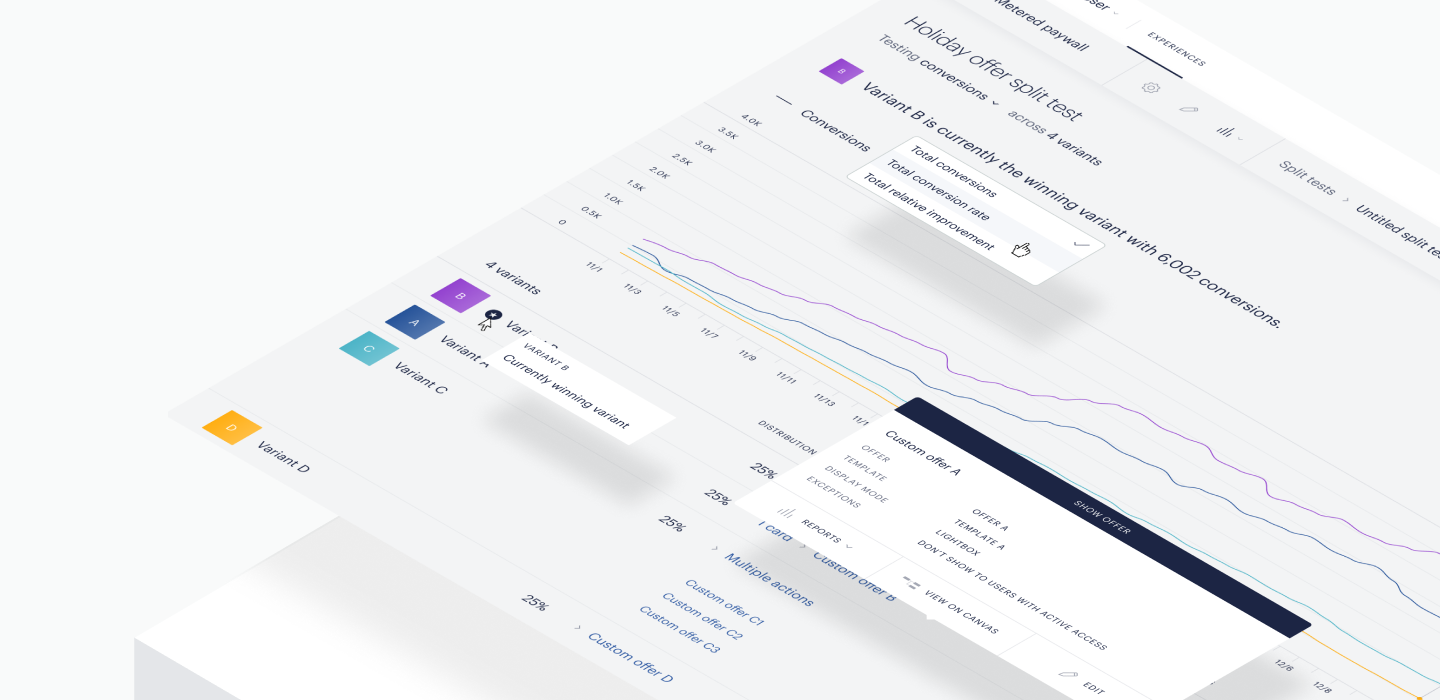
- Visitors frequently view multiple offers, multiple times before choosing to subscribe. In fact, Piano data shows that users who see multiple offers before conversion are more likely to choose higher-priced subscription options. And while a significant number of users may convert on the first day they see an offer, in most cases even those subscribers have seen at least two offers by that point.
- This means conversion rates may appear lower than they truly are. Rather than dividing the number of conversions by the number of offers shown, media providers can get a clearer view by dividing the number of visitors exposed to an offer by the number of actual conversions that take place.
- Having a lower conversion rate but a larger number of visitors exposed to a subscription offer may be optimal. Extreme underperformance of a subscription offer can sometimes mean too few visitors viewed it in the first place — whether because of a high meter, the exclusion of large portions of content from a meter, or a lack of subscriber-only content in the case of freemium models. In those cases, conversion rates may look high, even though overall subscription revenue is low.
- Conversion rates aren’t going to be the same site-wide. Conversion rates on a subscription landing page, for example, are often a full one or two points higher than on other pages. Visitors there are simply more motivated to subscribe.
By better understanding their conversion rates, media providers can build conversion funnels in a way that more significantly contributes to their bottom lines.
Building a Better User Experience
Just as a clear view into conversion rates can help a media provider reach their revenue goals, so can a better understanding of their site’s user experience. Any inefficiencies will add friction to the conversion process, giving users a reason to skip out. The following factors can also contribute:
- A prolonged checkout process. When a checkout seems never ending, users may grow bored and abandon their efforts mid-way through. On average, the fewer screens a user sees during checkout, the lower the number of drop-offs.
- Limited payment options. Users expect options — an expectation that extends to how they pay. Piano has seen a 20 to 60 percent increase in iOS conversions following the introduction of Apple Pay, for example. Adding PayPal can have a similar result.
By streamlining the checkout process, and improving their user experience, media providers increase the odds that users will see a subscription through.
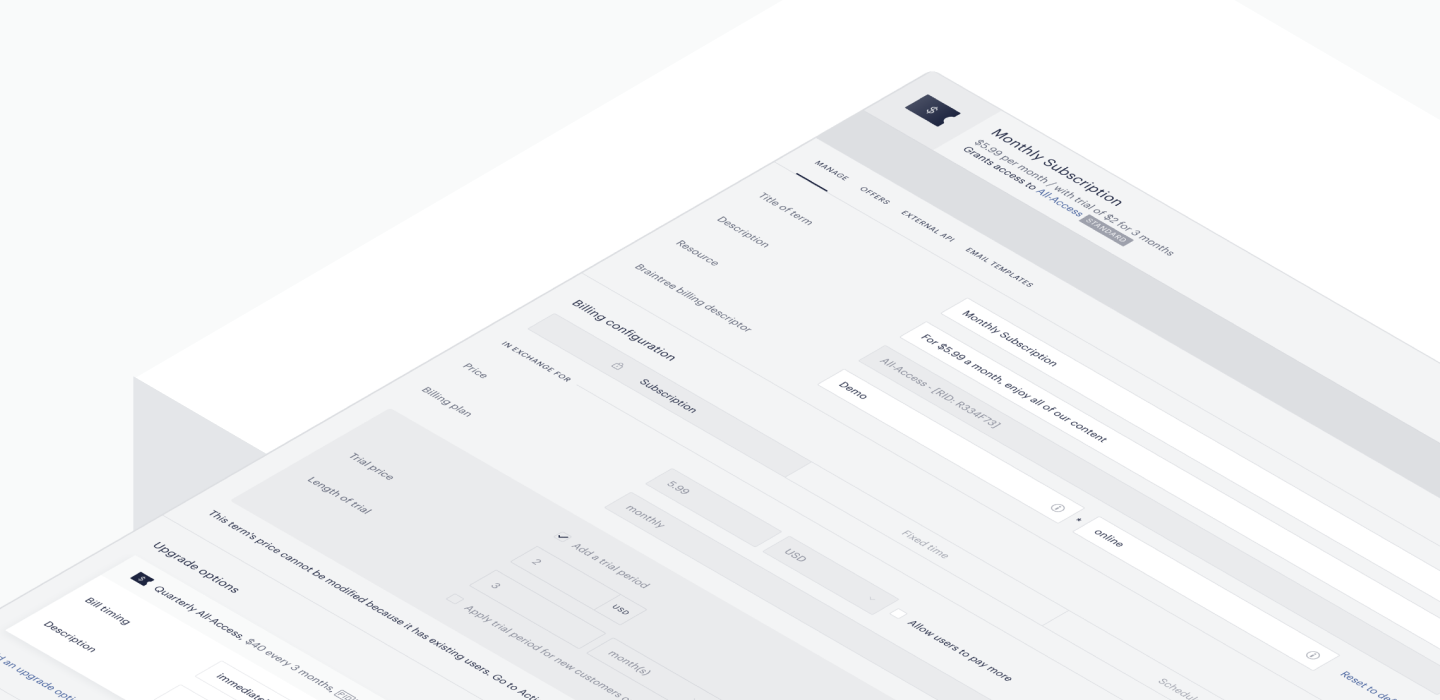
Hard vs. Soft Locks
The checkout experience only matters if a user has the right incentive to get there in the first place. If they can access content for free, there’s little reason to pay. By creating the appropriate boundaries, media providers add that motivation — which is where hard and soft locks come in.
Integral to the nurturing process, soft locks — or notifications — can effectively spread the word on a promotion or prime potential subscribers with messaging that matters, letting them know there’s an offer available that may interest them. But soft locks are also easy to dismiss; all users have to do is move to another page or close a pop-up window. Hard locks — or stops — are more difficult to ignore: users can’t read, listen or watch any further without taking action.
In an analysis of sites that have both, hard locks produce a conversion rate 14 times higher than soft locks. But both have their place. Leaving some content accessible to casual visitors can give subscription businesses a boost; and while some locked content is important for a majority of sites, the occasional content provider will thrive without any locked content at all, because their other subscription benefits are attractive enough. The point is to add urgency, offering users a reason to act without turning them away completely.
How Piano Can Help
- Introduce a modern, customizable checkout experience that keeps clicks to a minimum and supports PayPal, Apple Pay and other options.
- Make an offer dismissible or not through easy-to-use settings.
- Segment visitors based on behaviors and characteristics associated with high or low conversion.
- Create unique user journeys that showcase different offers based on engagement level.
III. Offers That Convert
If the path to conversion begins with engagement and continues with an effective user experience, it’s the right offer that will encourage a user to take the final step to subscribe. And while the form that offer takes will vary from site to site, the foundation of any successful offer begins with the right building blocks.
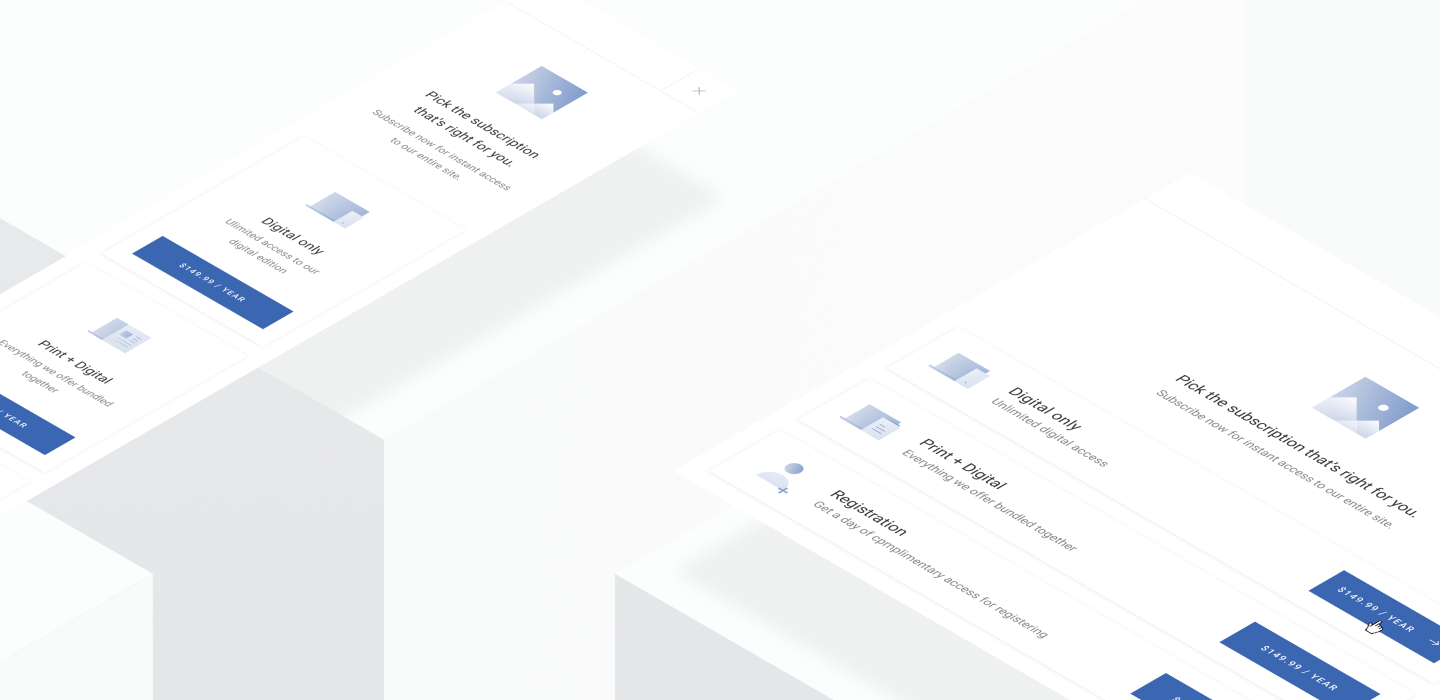
Creating a Subscription Landing Page That Resonates
Key to the conversion process, the subscription landing page is where media providers can demonstrate to users their subscription value, filling in the blanks that pop-ups and inline offers can’t. It’s also, on average, where over half of subscriptions happen, with 13 times more conversions than on the next highest page.
At minimum, the best subscription landing pages should include:
- The benefits of subscription, preferably listed at the top of the page where they can be viewed immediately.
- Make an offer dismissible or not through easy-to-use settings.
- The subscription offers available, laid out in simple, easy-to-read terms. Three is usually best — more can feel overwhelming.
Every element of the subscription landing page matters, and it should be continually optimized for maximum performance. Subscriber FAQs, offer announcements, and other such pages feed it, and are nearly as important. While they may garner fewer pageviews overall, a large share of subscribers will visit these pages while making the decision to convert.
Choosing the Best Subscription Type
To offer a subscription means choosing the right subscription type. Monthly, quarterly, semi-annual, annual or multi-year subscription offers all have their place, depending on the publication in question. Of those, though, annual and monthly are the most popular by far. Everything else being equal, Piano data shows that annual offers have much higher retention rates and almost always demonstrate better customer lifetime value in comparison to monthly — sometimes up to three or four times as much.
But while annual offers may demonstrate added value for media providers, monthly subscriptions are still attractive to users, and can significantly increase a publication’s overall conversion rate. For those media providers that offer both, 60 to 70 percent of users will generally choose monthly. But there are tactics that can encourage visitors to choose the yearly option instead: a wider price differential, for example, or tags that note its popularity or value. Adding a more expensive longer-term subscription to the alternatives available is another effective strategy — a two- or three-year option, for instance, will make an annual offer stand out. With three alternatives at varying price points, users will naturally gravitate toward the center choice; Piano customers have seen a conversion rate increase of up to 200 percent after deploying this tactic.
Putting a Price on It
Pricing is always key, but for media providers it can also prove the biggest barricade to conversion. After years of media products being heavily subsidized by advertising, users have learned to expect their content for free, or at unsustainably low prices — even as much of that ad support has fallen off. To meet their revenue and subscriber goals, savvy media providers will look for ways to break those expectations.
While their business and revenue goals should contribute to the final price, then, so should audience thresholds. For most media products, conversions are likely to spike at a low price point. But as prices rise, conversion rates will often stay relatively steady for a while — it’s only when they hit the audience’s price thresholds that they drop. A site, then, may be able to sell nearly as many subscriptions at $15 as they can at $10, only to see numbers fall dramatically when the price reaches $20. By finding the sweet spot, media providers can make better pricing choices — increasing their subscription bases and hitting their business goals.
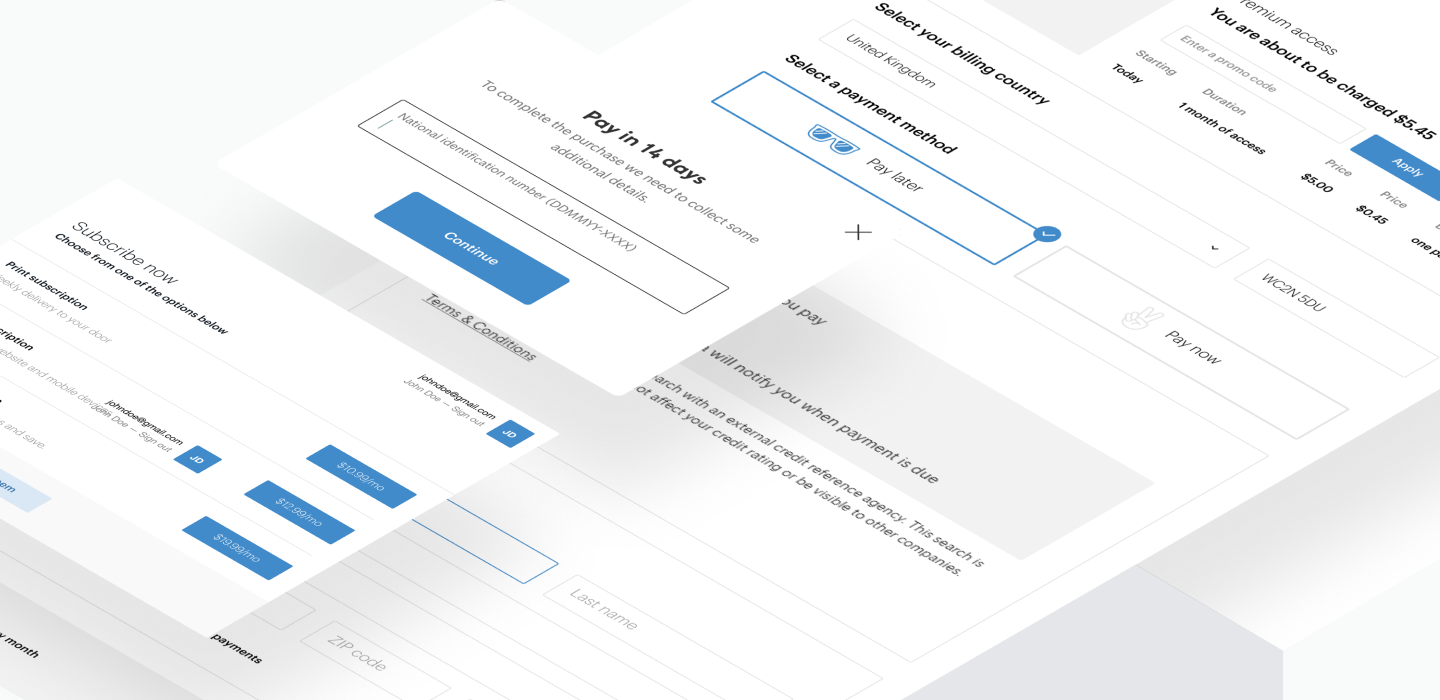
There are several methods media providers can use to help make sure they get the price point right and use price promotions effectively:
- Testing base prices helps establish the optimal price, as determined by conversions or revenue.
- Promotions are an effective way of bringing in new subscribers. For some Piano clients, a majority of subscribers are acquired through promotions. Overdoing promotions, though, may undermine the long-term value of a subscription, making it difficult for users to accept the full price.
- Trial offers are a particularly popular form of promotion that are usually only available to new subscribers. In some cases, Piano has seen trial offers nearly double conversion rates. But trials also lower retention, which means low-priced trials are generally better than free — by making an investment in the first place, users feel more engaged.
How Piano Can Help
- Employ built-in split testing based on copy, design, user experience, targeting rules, prices, etc., for a better view into what works best at increasing conversion rates.
- Make an offer dismissible or not through easy-to-use settings.
- Segment visitors based on behaviors and characteristics associated with high or low conversion.
- Access comparative first-party data to establish benchmarks and better understand results.
IV: Piano — The Digital Business Platform
Powering more than 600,000 digital media subscriptions, and customizing the user experience for billions of site visits, Piano drives engagement, loyalty and conversion. Our leading platform directly manages every customer interaction — personalizing and optimizing the user experience — while proprietary data and market research offer context and benchmarks against which media providers can compare visitor behavior and business results.
Piano’s list of technology solutions include:
Conclusion
Media isn’t the same business it once was, and the strategies it takes to succeed have evolved. And for media providers today, establishing a subscription base is integral to reaching their business goals. While conversion isn’t guaranteed, engagement combined with the right user experience will help ensure success. Only with those in place will the right subscription offer count.
To accomplish that, media providers must understand their audience behavior and have the right tools in place to lead users along the conversion path. Piano can help, partnering with media providers to evolve the user experience, create the best offers to meet their needs, and provide the data necessary to make the right decisions along the way.

Join the world’s leading digital business platform.
Request a demo or say hello@piano.io



